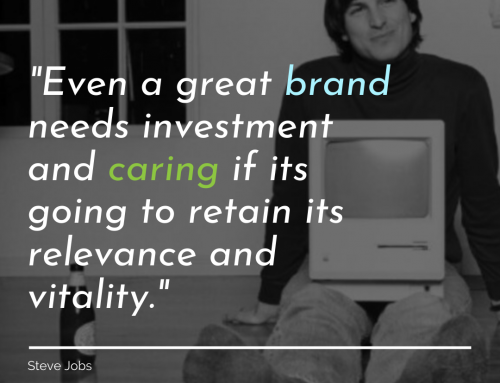What is the first thing you need to do when launching your digital marketing campaign?
For clarification, what’s the difference between your marketing strategy and marketing campaign?
Your digital marketing strategy is a series of actions that help you achieve your goal or goals, utilizing online marketing. Depending on the scale of your business, your digital marketing strategy might involve multiple goals and a lot of moving parts. Your digital marketing campaigns, however, are the building blocks or actions within your strategy that move you toward meeting that goal.
Different campaigns may include Google campaigns, Facebook (social media), email marketing which are online campaigns as opposed to offline campaigns like a store giveaway, a meetup, etc.
So, when building your strategy, whether online or offline, what is the first, and probably most important thing you need to do?
Build your customer personas!
Know who are your ideal customers are, understand it, and put it to paper.
For any marketing strategy — offline or online — you need to know who you’re marketing to. The best digital marketing strategies are built upon detailed buyer personas, and your first step is to create them – and not just think about it, but to actually create profile cards (with images if you really want to detail it), and review them, talk to them, understand them.
Buyer personas represent your ideal customer(s) and can be created by researching, surveying, and interviewing your business’s target audience. It’s important to note that this information should be based upon real data wherever possible, as making assumptions about your audience can cause your marketing strategy to take the wrong direction.
But what kind of information should you gather for your own buyer persona(s) to inform your digital marketing strategy? That depends on your businesses and is likely to vary depending on whether you’re B2B or B2C, or whether your product is high cost or low cost.
Here are some starting points, but you’ll want to fine-tune them, depending on your particular business.







Leave A Comment